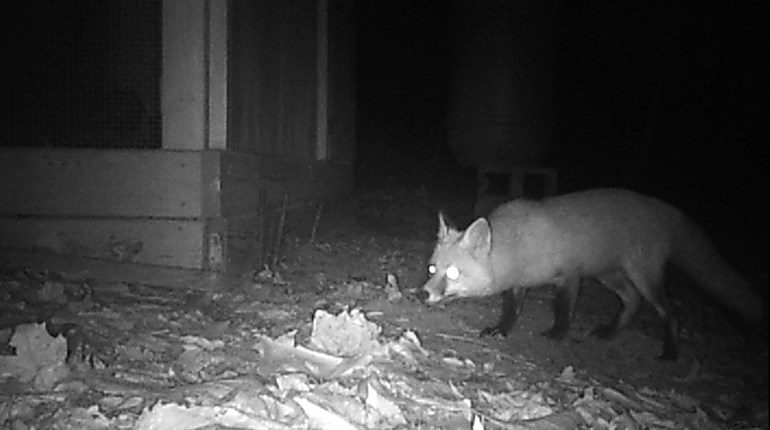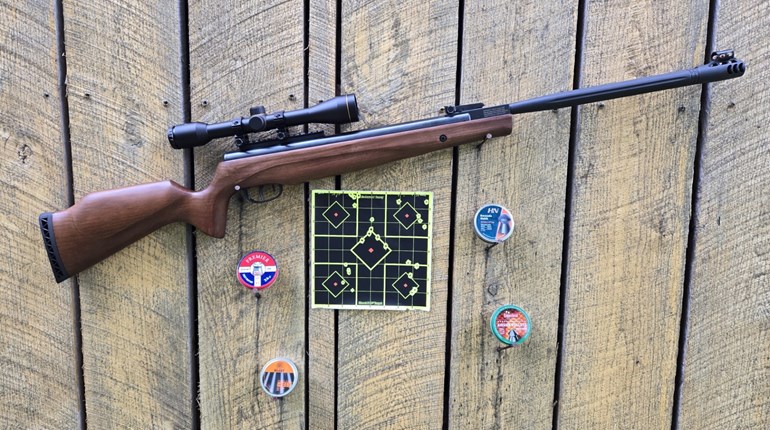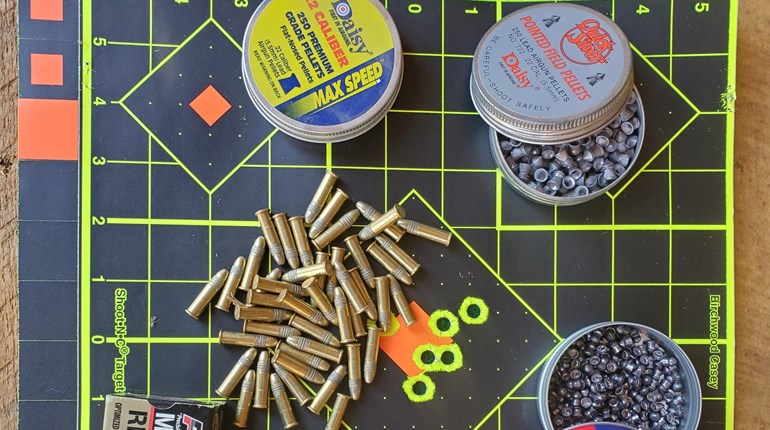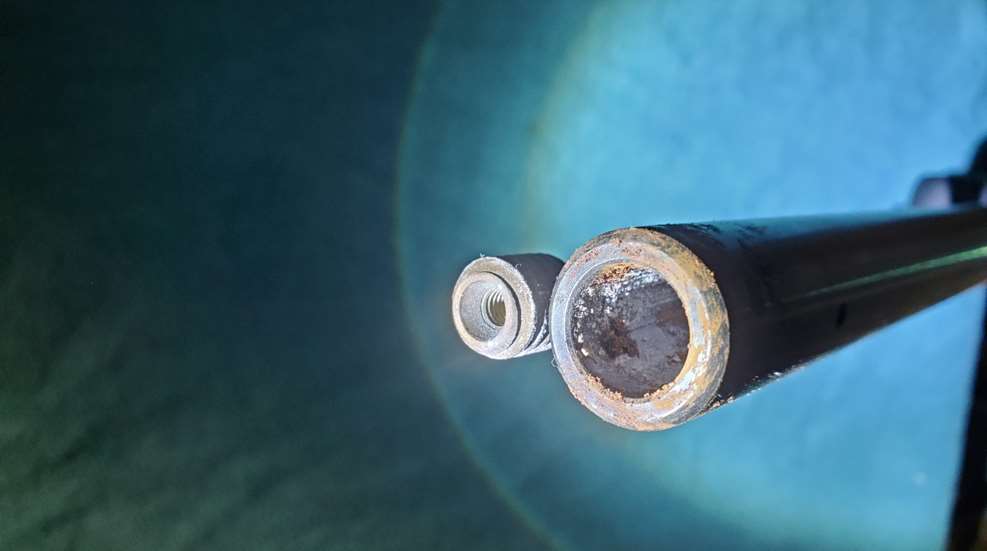
A nice elk or deer steps out of the woodline. You have waited a long time for this moment, and you try to calm yourself as you look through the sights on your muzzleloader. Then you press the trigger. Nothing happens!
I started my muzzleloader deer season like this over a decade ago. We needed meat and a decent buck was less than 20 yards from me. I figured the shot was gravy. When I squeezed the trigger, I had already had the smile of satisfaction beginning to creep across my face. The quiet snap of the hammer falling merely made the buck look up and around and go back to feeding on the acorns he was gorging on. After waiting 30 seconds, I carefully eased the gun down, shucked the primer out as quietly as possible, and put a new one in. Amazingly, the buck was still there. I repeated the shot … with the same results. Ultimately, after four tries the buck got nervous and walked off.
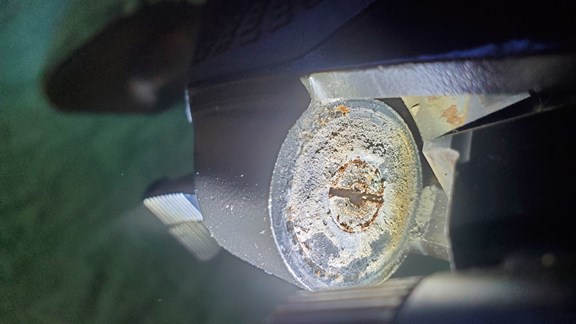
The Firing Pin Area
Modern muzzleloaders have a firing pin that is directly smacked by the hammer. On my CVA Wolf, I later found out that a fouled area where the firing pin would protrude to hit the primer kept the pin from coming through. Furthermore, the pin had rust on it from the previous week when I shot it a few times on a foggy morning bagging a few deer. While I normally clean my muzzleloader regularly, on this occasion I had not. Rust froze up the pin and fouling further hampered the pin from hitting the primer. A look at the last primer showed me no indention from the pin.
Solution: Keep your firing pin clean and rust-free. Examine the area where it comes out of the receiver, too. With the gun/rifle unloaded, break open the action. Pull the trigger and then firmly press the hammer forward with your thumb. Does the pin easily push through the receiver? If not or if it is a bit stubborn about coming through, you need to scrub it, oil it and scrub it some more, and then oil it again. I now make a point to clean the face of the receiver where the firing pin comes through, and I look at the firing pin before I go afield and perform that simple test with the gun unloaded each time. No more missed opportunities to fill a tag!
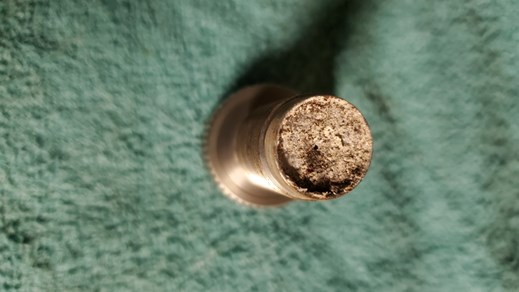
Fouled Breech Plug
While I have never had a failure to fire due to a fouled breech plug, I have seen many others have this issue. I know I would have had one with a muzzleloader I loaned out to a young man who returned it improperly cleaned. It was black with fouling and I could not see light through it when I inspected it. When cleaning a muzzleloader, remove the breech plug, scrub it with black powder solvent, squirt solvent inside the plug, and then let it sit. Clean it all out again and be sure to use a brush to get all over the plug to include the faces of it. Use an air compressor to blow out solvent, water or other crud. Hold the plug up to the light to examine it. Can you see all the way through the plug? Does the exit hole where the spark will travel look symmetrical? If not, clean it again.
New muzzleloaders have easily removable breech plugs. There is no reason not to remove them and clean them thoroughly. If you have not shot the rifle in a while, but it was shot and not cleaned, you need to clean the breech plug or you risk a failure to fire when an animal steps out. Why go through all the trouble to stalk or wait out an animal only to have the rifle fail for lack of 20 minutes of cleaning?
Dirty Bore Tells on You
I have seen time and again some hunters who figure that, since their blackpowder rifle is of modern vintage, they can shoot it five or six times before the season to confirm the scope is zeroed in … and then put it away for a few weeks before taking it hunting.
While some hunters insist that a slightly fouled bore or a consistently fouled bore is actually helpful to accuracy, a horribly fouled bore can be devastating. After firing a muzzleloader and not cleaning it, barrels start reacting with the leftover powder and crud left in the barrel. The crud grows. The type of barrel and type of powder can cause varying rates of corrosion. I have a barrel that is stainless steel and that one corrodes very little. However the blued barrel I have on another one corrodes in days. Both should be cleaned, particularly depending on the powder used. The best thing is to not chance it.
Some shooters I have observed wonder why their rifle was putting three shots in a cloverleaf at 100 yards but then the groups were extending to five or more inches by shot 10. Once they clean the barrels up, they find accuracy returns.
Run a patch (spit patch) down the barrel between shots to buy yourself a few more shots before accuracy degrades. A word of warning though: First, if you run the patch all the way down you may get it stuck and not be able to retrieve it easily without taking the breech plug out. Second, if you run a patch down, be sure to get the patch out. Do not leave something in the bore or the gun may not fire or may cause a serious problem.
Bottom line? When in doubt strip the gun down and clean it before using it to hunt and fill a tag. You need that rifle to go BOOM when you trip that trigger!













